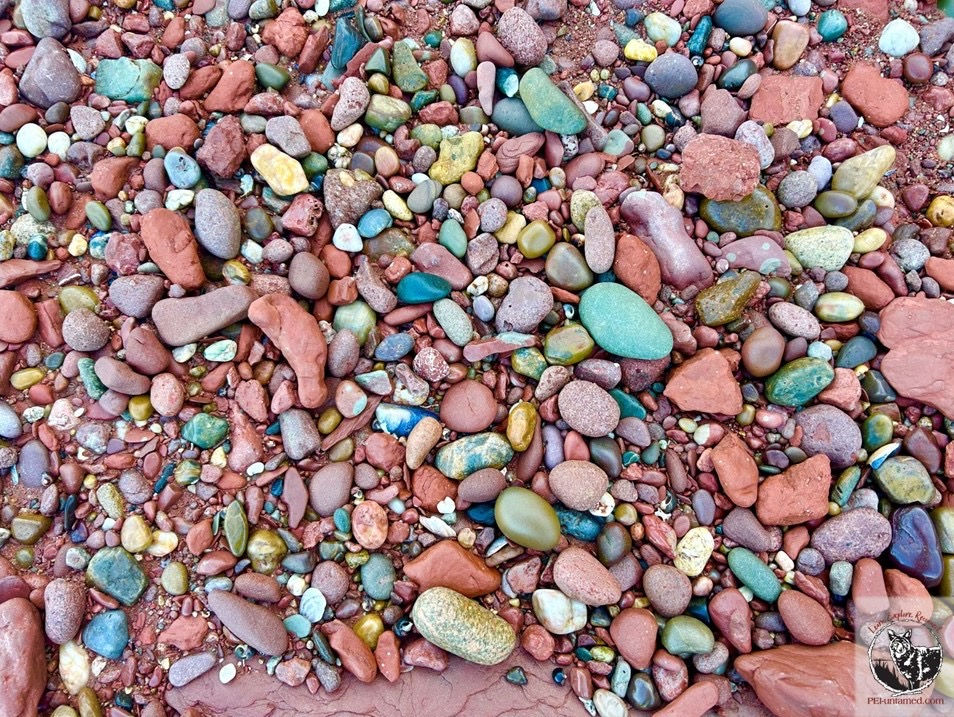PEI's White-tailed Deer Experiment
- katemacquarrie22
- Mar 1, 2023
- 3 min read
I recently received this lovely photo from Joyce Dewar, granddaughter of Walter Jones who was Premier of PEI from 1943 to 1953. This is one of the White-tailed Deer (Odocoilus virginianus) introduced in the 1950s. I mentioned this briefly in Episode 12 of Permian to Present, but this interesting part of the Island’s natural history deserves a chapter of its own.

Although 1949 is often reported as the year deer were first brought to PEI, local newspapers of the day put the date as October 19, 1950. In his budget speech of March 1950, Premier Jones announced that he had received an offer of two does and one buck from the Government of Ontario. That stirred some debate among Members of the Legislative Assembly as to where the deer could be placed. Boughton Island, the Murray Harbour Islands, Robinson’s Island in the National Park, and the woodlands of Kings County were all suggested, although at least one Prince County MLA doubted the Island had enough forest to support them. Editors of The Guardian newspaper expressed concern that PEI was too densely populated for deer to establish without conflict but agreed that Boughton Island or the National Park could be an acceptable compromise.
On the evening of October 19, 1950, a doe and a buck arrived via train from Ontario. The following day, they were released on the farm of Mr. R.R. Bell (Leader of the Opposition) in New Glasgow, PEI. Over the next few weeks, there were reports of people hand-feeding the tame animals, and by early November they were spotted several kilometres (a few miles) away in Hazelgrove.
The experiment wasn’t unanimously favoured. Within a week of the release, the PEI Fish and Game Association clarified they weren’t involved with it. (While not criticizing the project, they noted it had not been discussed among their members; one gets the feeling some within the group had concerns). Provincial Game Warden Spurgeon Jenkins supported the introduction but suggested the heavily-settled New Glasgow area was not an ideal location for the release. By mid-November, some critics had letters in local papers, including one decrying the project as Government letting loose “another imported pest”.
Deer-spotting became a popular pastime over the winter of 1950/51 with sightings, tracks, and rumours mainly in Central and Western PEI. The buck was said to have been shot that winter, and a deer washed up on shore was thought to be the doe. But in July 1951, a doe and fawn were reported at West Cape – more than 100 kilometres (60 miles) from New Glasgow. I am not at all convinced this is the original doe. There were rumours of Prince County sportsmen bringing in additional animals, and I suspect that did indeed happen.
In September 1951, 12 more deer were released on the Island, this time on or near Premier Jones’ property in Bunbury (now Stratford). These orphaned fawns from Nova Scotia were exceptionally tame. Local papers delighted in reporting on deer bedding down on people’s front lawns, being hand fed, and licking and nibbling anyone who would stand quietly nearby. Photos of schoolchildren interacting with deer at recess, or deer engaging with children at the local orphanage were popular. Concerns from farmers prompted Government to round up these deer and relocate them to less-developed areas of eastern Kings County.
In April 1952, Premier Jones said he felt PEI could support 10,000 deer. While many Islanders loved, watched over, and fed their local deer, concerns about potential conflicts with agriculture grew. One letter to the editor warned Islanders to brace for ‘destruction to the gardens and to practically all green crops’. Some Islanders weren’t about to pass up a source of free meat for the winter, and several sites were found where deer had been killed and dressed. As a result, deer were added as a protected species under the Game Act in 1952.
Deer persisted in eastern and western PEI until the early 1960s, some a result of the Government introduction and others brought here by enterprising sportsmen. The ultimate fate of each animal is unknown, though we do know many were shot, some were hit by vehicles, some died in the 1960 forest fire at Portage, and one drowned at the Cardigan Fish Hatchery. All in all, it’s for the best that this experiment failed but it remains an interesting part of the history of PEI untamed!
I thank Joyce Dewar for sending me her photo and granting permission to use it.



